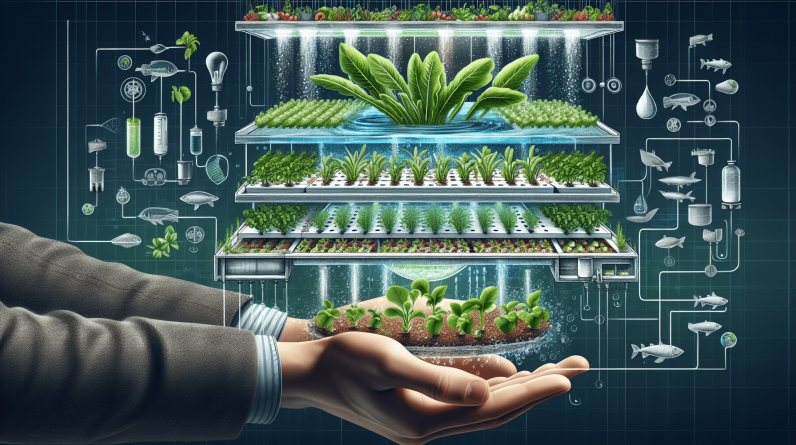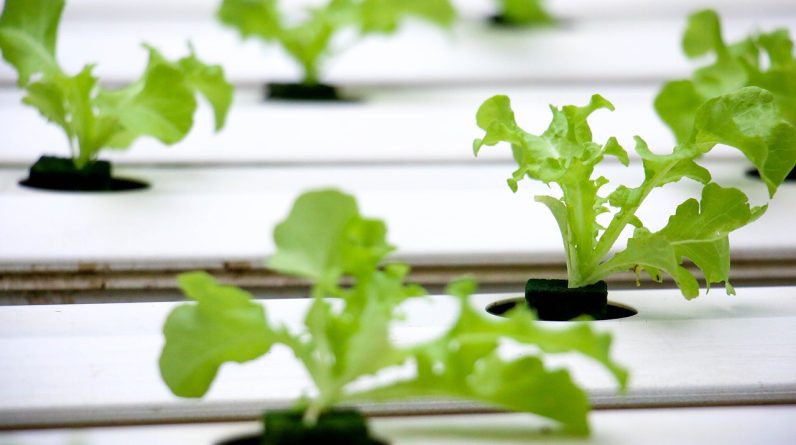
Planting the Seeds of Hydroponic Gardening Success
Are you looking to create a thriving vegetable garden using Hydroponic systems? Hydroponic gardening offers a sustainable and efficient method to grow fresh and nutritious crops all year round. With the right knowledge and techniques, you can set up a successful hydroponic vegetable garden in your own home. Let’s dive into the world of hydroponics and explore how you can achieve a bountiful harvest with your very own hydroponic vegetable system.
Understanding Hydroponic Vegetable Gardening
When it comes to hydroponic vegetable gardening, it’s essential to understand the basics of this innovative growing method. Hydroponic systems involve growing plants without soil by providing a nutrient-rich water solution directly to the plant roots. This allows plants to absorb nutrients more efficiently, leading to faster growth and higher yields compared to traditional soil gardening methods.
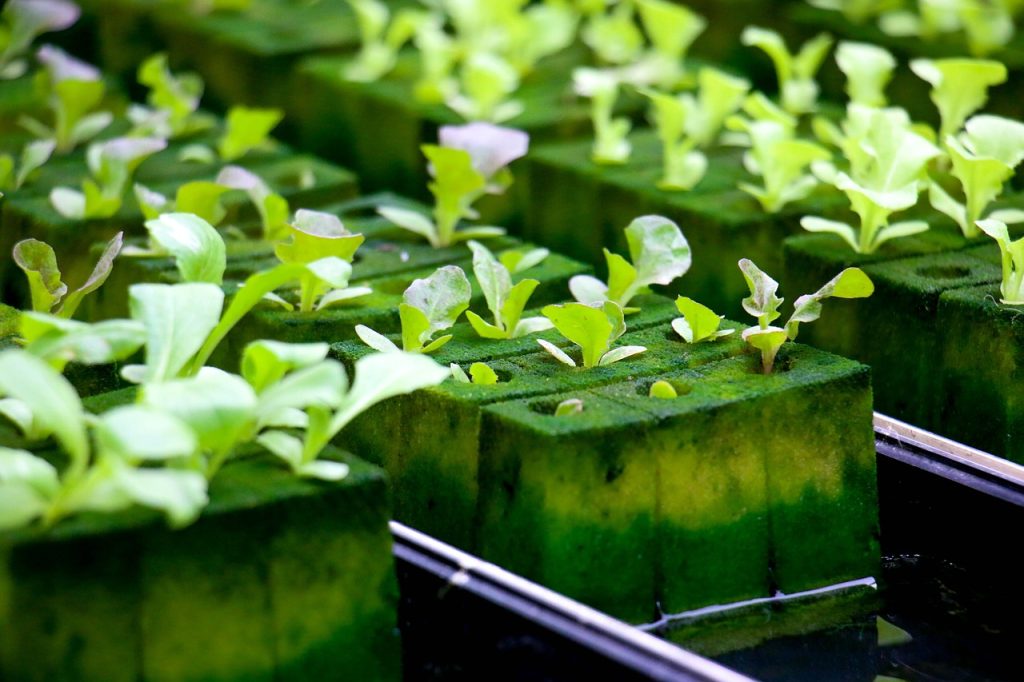
Choosing the Right Hydroponic System for Your Garden
There are several types of hydroponic systems available, each with its own set of advantages and considerations. Before setting up your hydroponic vegetable garden, it’s important to select the right system that suits your needs and space constraints. Here are some popular hydroponic systems to consider:
Nutrient Film Technique (NFT)
The Nutrient Film Technique (NFT) system involves a continuous flow of nutrient solution along the plant roots, creating a thin film of water where roots can absorb essential nutrients. This system is ideal for leafy greens and herbs, providing a constant supply of water and nutrients to the plants.
Deep Water Culture (DWC)
In the Deep Water Culture (DWC) system, plant roots are submerged directly into a nutrient solution, allowing for easy nutrient uptake. This simple and cost-effective system is great for beginners and is suitable for growing a variety of vegetables such as lettuce, kale, and spinach.
Ebb and Flow System
The Ebb and Flow system involves flooding the plant roots with nutrient solution periodically, followed by draining the excess water. This system provides sufficient aeration to the roots and is suitable for a wide range of vegetables, including tomatoes, peppers, and cucumbers.
Aeroponics
Aeroponics is a high-tech system that uses misters to spray nutrient solution directly onto plant roots suspended in the air. This method promotes rapid growth and efficient nutrient absorption, making it ideal for growing a variety of vegetables, including peppers, strawberries, and beans.
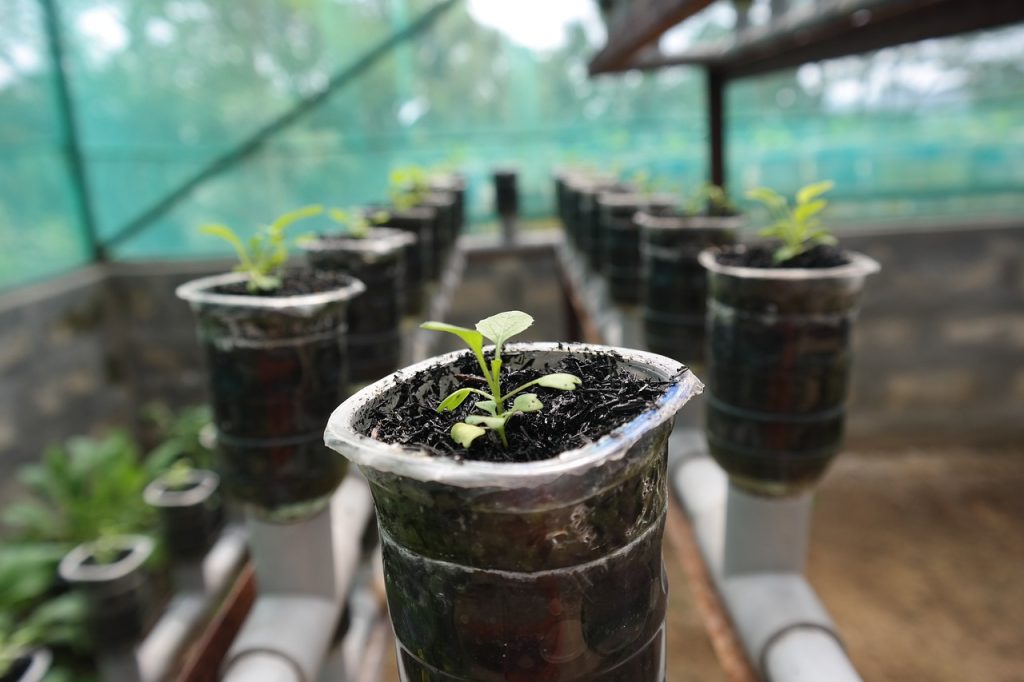
Essential Components for Your Hydroponic Vegetable Garden
To set up a successful hydroponic vegetable garden, you’ll need to gather the essential components required for your chosen hydroponic system. Here are some key components to consider when starting your hydroponic gardening journey:
Growing Medium
Choose a suitable growing medium that provides support for plant roots while allowing for sufficient aeration and nutrient absorption. Common growing mediums for hydroponic systems include perlite, vermiculite, coconut coir, and rockwool.
Nutrient Solution
Prepare a balanced nutrient solution that provides essential macronutrients and micronutrients required for healthy plant growth. You can purchase pre-mixed nutrient solutions tailored to specific plant types or create your own custom nutrient mix.
Light Source
Provide adequate artificial lighting or natural sunlight to support plant growth in your hydroponic vegetable garden. LED grow lights are popular choices for indoor hydroponic systems, offering energy-efficient lighting options for optimal plant growth.
pH and EC Meter
Monitor and adjust the pH and electrical conductivity (EC) levels of your hydroponic nutrient solution regularly to ensure optimal nutrient uptake by plants. pH levels should be maintained within the ideal range for specific plant species to prevent nutrient deficiencies or toxicities.

Setting Up Your Hydroponic Vegetable Garden
Now that you have selected the right hydroponic system and gathered essential components, it’s time to set up your hydroponic vegetable garden. Follow these steps to create a thriving garden that will yield a bountiful harvest of fresh and nutritious vegetables:
Step 1: Assemble Your Hydroponic System
Install and set up your chosen hydroponic system according to the manufacturer’s instructions. Ensure that all components are properly connected and functioning before adding plants to the system.
Step 2: Prepare Your Nutrient Solution
Mix the required amount of nutrient solution according to the instructions provided by the manufacturer or recipe for custom nutrient mixes. Adjust the pH and EC levels of the nutrient solution to the optimal range for your vegetable crops.
Step 3: Plant Your Vegetable Seeds or Seedlings
Place your vegetable seeds or seedlings into the growing medium within the hydroponic system. Ensure that roots are in direct contact with the nutrient solution and growing medium for efficient nutrient uptake.
Step 4: Monitor and Maintain Your Hydroponic Garden
Regularly check and adjust the pH and EC levels of the nutrient solution to prevent nutrient imbalances. Monitor plant growth, water levels, and lighting conditions to ensure optimal growing conditions for your hydroponic vegetable garden.

Tips for Success in Hydroponic Vegetable Gardening
Achieving success in hydroponic vegetable gardening requires attention to detail and regular maintenance of your garden. Here are some tips to help you maximize your harvest and enjoy a thriving hydroponic vegetable garden:
Maintain Proper Nutrient Levels
Monitor and adjust the nutrient levels of your hydroponic solution to ensure that plants receive the essential nutrients needed for healthy growth. Insufficient or excess nutrients can lead to nutrient deficiencies or toxicities, affecting plant health and yield.
Prune and Support Plant Growth
Trim excess foliage, dead leaves, and unwanted shoots to promote healthy plant growth and prevent overcrowding in your hydroponic garden. Provide support structures such as trellises or stakes for vining plants to encourage upward growth and enhance air circulation.
Prevent Pest and Disease Issues
Practice good hygiene and sanitation in your hydroponic system to prevent the spread of pests and diseases. Regularly inspect plants for signs of pests or diseases and take prompt action to address any issues before they escalate.
Optimize Lighting and Temperature Conditions
Ensure that your hydroponic vegetable garden receives adequate lighting and maintains optimal temperature conditions for plant growth. Adjust the light intensity, duration, and temperature settings to mimic natural daylight cycles and provide a comfortable environment for your plants.
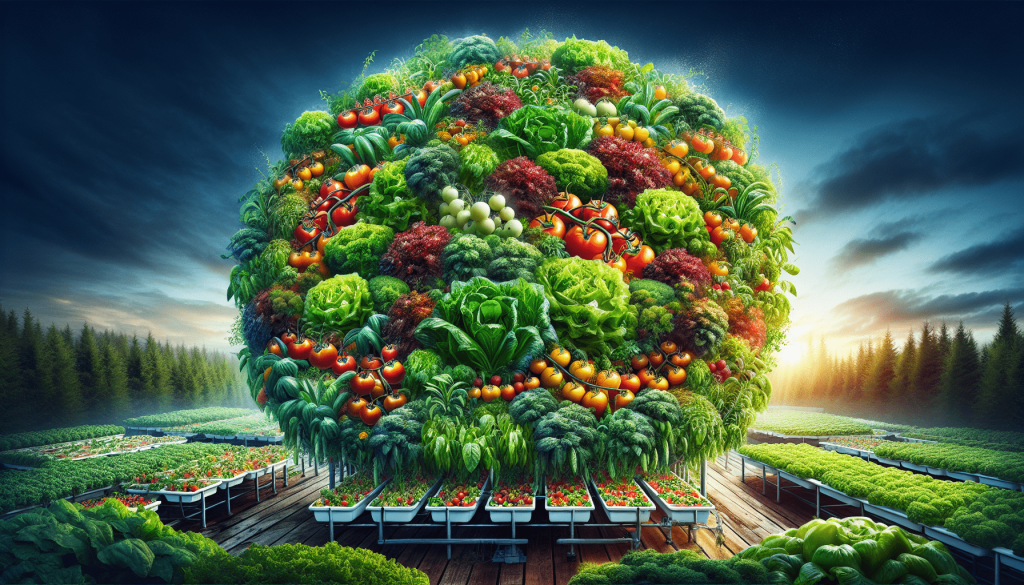
Harvesting and Enjoying Your Hydroponic Vegetables
After weeks of nurturing and caring for your hydroponic vegetable garden, it’s time to enjoy the fruits of your labor. Harvest your fresh and nutritious vegetables when they reach the appropriate size and maturity for optimal flavor and quality. Whether you’re growing leafy greens, tomatoes, peppers, or herbs, your hydroponic vegetable garden will provide you with a bountiful harvest of homegrown produce to enjoy in your meals.
In conclusion, hydroponic vegetable gardening offers a sustainable and efficient way to grow fresh and nutritious crops in the comfort of your own home. By understanding the principles of hydroponic systems, choosing the right components, and following best practices for plant care, you can create a thriving garden that will yield a bountiful harvest of delicious vegetables. Get started on your hydroponic gardening journey and watch your garden flourish with vibrant, healthy plants that will enrich your meals and lifestyle. Happy gardening!
Related Content
- Hydroponic Systems: Sustainability Meets Technology
- Healthy and Pesticide-Free Produce with Hydroponic Gardening
- Ultimate Guide to a Hydroponic Drip System (2025 Trends & Tips)
- 10 Effective Hydroponics at Home Tips for a Fresh 2025 Garden
- The Ultimate Guide to the Best Automated Hydroponic System in 2025






